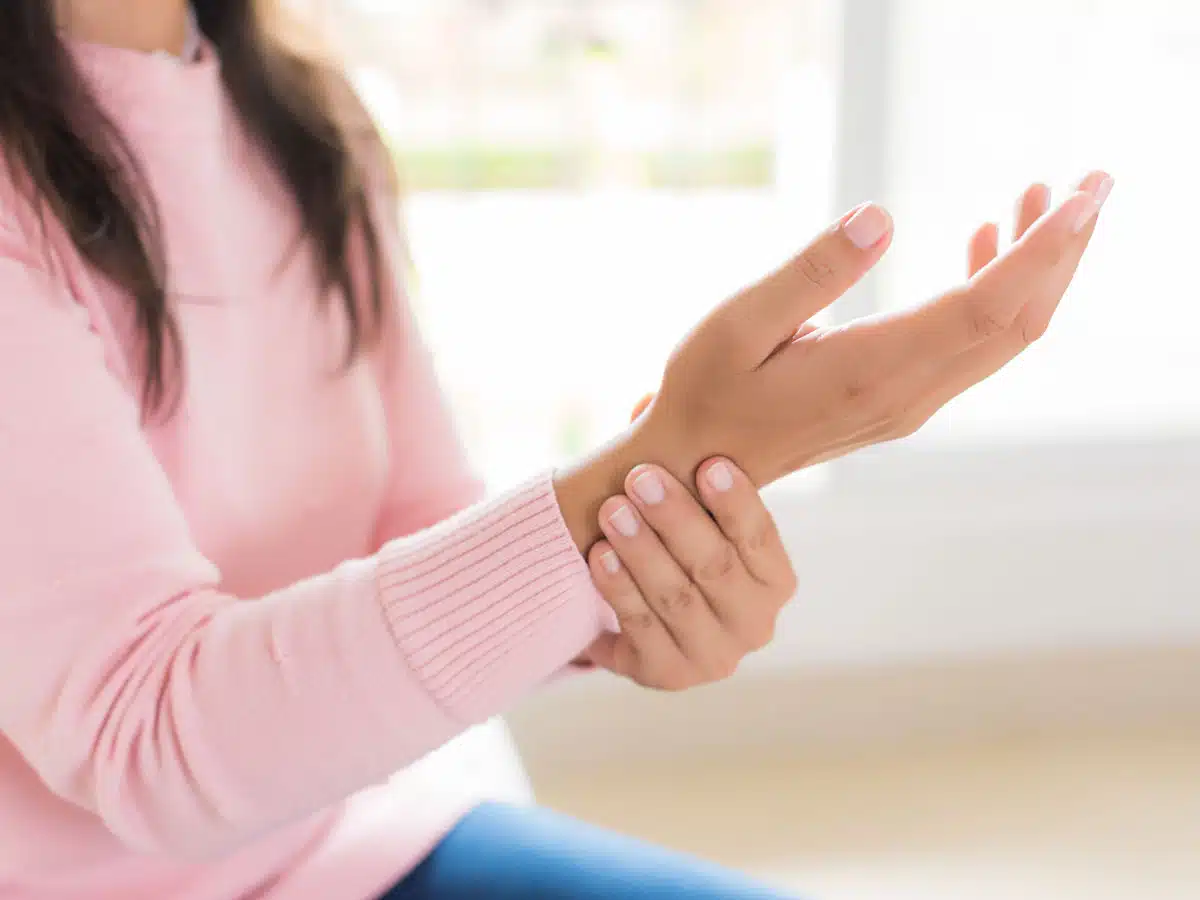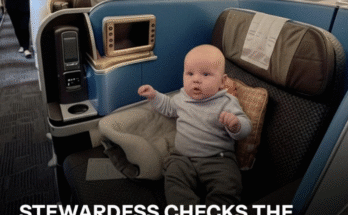Recognizing the signs early is essential: it can make the difference between rapid treatment and serious after-effects.
Dr. Charlotte Poulizac and Dr. Antoine Verdun warn of these five symptoms to watch out for in young adults. If you or someone you know feels them, don’t ignore them: react immediately.
Five signs to watch out for
A sudden and intense headache

A headache that comes on suddenly and is more severe than usual may be a warning sign of a stroke. It is not just a headache; it may be accompanied by nausea, vomiting, or sudden confusion.
What to watch for:
A persistent headache that does not go away despite taking medication.
Unexplained visual disturbances or confusion.
Nausea or vomiting for no apparent cause.
Numbness or weakness on one side of the body

A stroke often causes sudden weakness or numbness in the face, arm, or leg, usually on one side of the body. These symptoms can appear in seconds and get worse quickly.
What to watch for:
A sudden difficulty moving an arm or leg.
A drooping on one side of the face.
A loss of strength in the hand, difficulty holding an object.
Test to do:
Try raising both arms. Does one of them fall back involuntarily? This is a warning sign!
Difficulty speaking or understanding

A stroke can disrupt speech, making it difficult to form words or understand sentences. This may be mistaken for fatigue or stress, but if it happens suddenly, don’t ignore it.
What to look for:
Speech that is garbled or incomprehensible.
Difficulty finding the right words.
A difficulty understanding simple sentences.
Test to do:
Ask the person to repeat a simple sentence. Does their voice sound different, or are their words slurred?
Vision problems

A stroke can disrupt the brain’s ability to process visual information, leading to blurred, double vision, or even temporary blindness in one eye.
What to watch for:
Suddenly blurred or distorted vision.
Dark spots, loss of visual field.
Unexplained sensitivity to light or dizziness.
Sudden loss of balance or coordination

If a stroke affects the area of the brain that controls movement, it can cause loss of coordination, difficulty walking, or a sudden feeling of intense dizziness.
What to watch for:
Unsteadiness when standing or walking.
Dizziness with no apparent cause.
Loss of control of movements or muscle spasms.
Test to do:
Ask the person to walk in a straight line. If they stagger or have difficulty standing, react immediately.
What to do if you notice these signs? Think FAST!
If you suspect a stroke, every second counts. Use the FAST method to quickly identify the signs:
F (Face): Ask the person to smile. Does one side of the face droop?
A (Arms): Ask them to raise both arms. Does one of them go down involuntarily?
S (Speech): Ask them to say a simple sentence. Does their voice sound confused or abnormal?
T (Time): If any of these signs appear, call the emergency services immediately (15 or 112 in France).
Why acting quickly can save a life
A stroke can cause irreversible brain damage if it is not treated quickly. The faster the medical intervention, the better the chances of recovery.
Even if the symptoms disappear quickly, see a doctor immediately: this could be a transient ischemic attack (TIA), a warning of a more serious stroke to come.
Remember: stroke does not only affect older people. If you experience these symptoms, whatever your age, see a doctor without delay.
Strokes in young people do exist and can occur without warning signs. Learn to recognize the symptoms, trust your instincts and never ignore signs like a severe headache, sudden weakness or speech problems.
It is better to seek medical attention for nothing than to ignore a critical symptom.
Have you ever experienced a stroke or TIA? Your story could raise awareness and save lives. Share your story!



